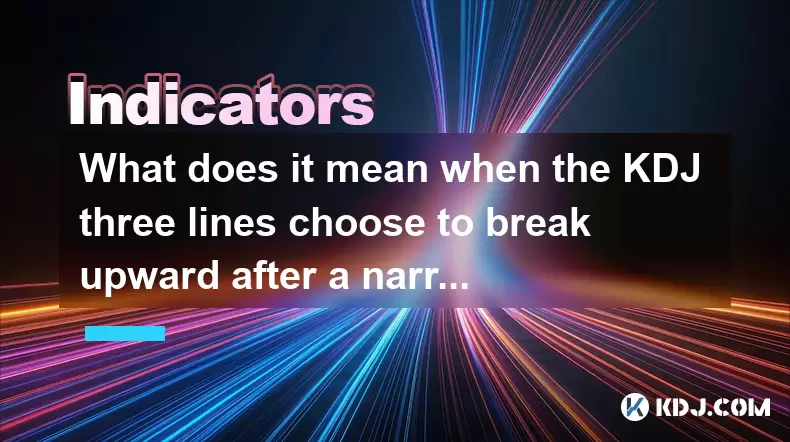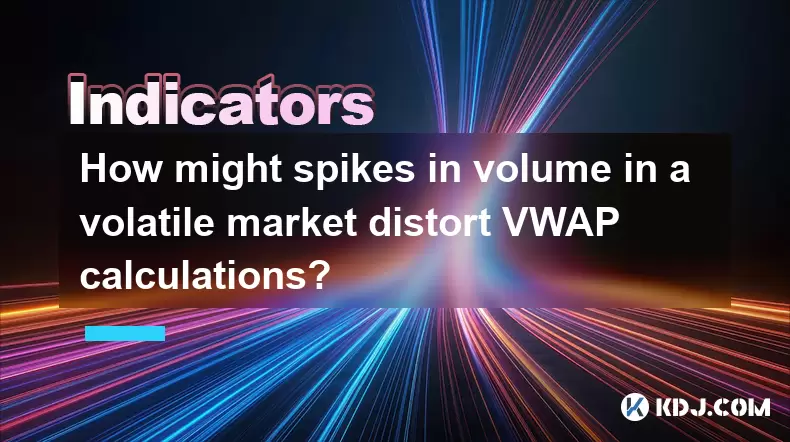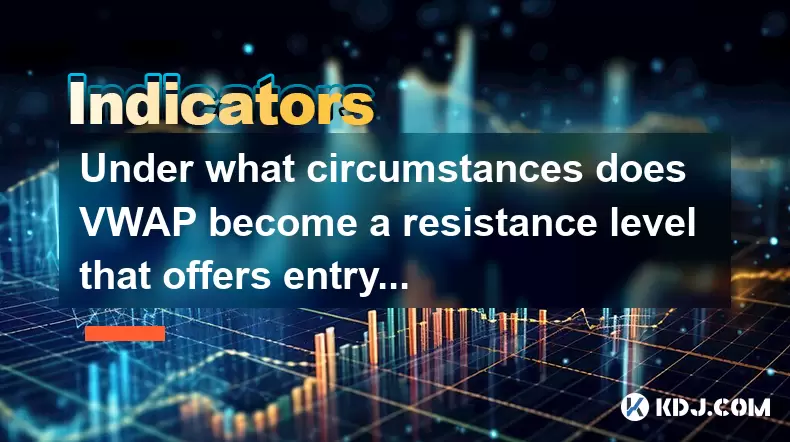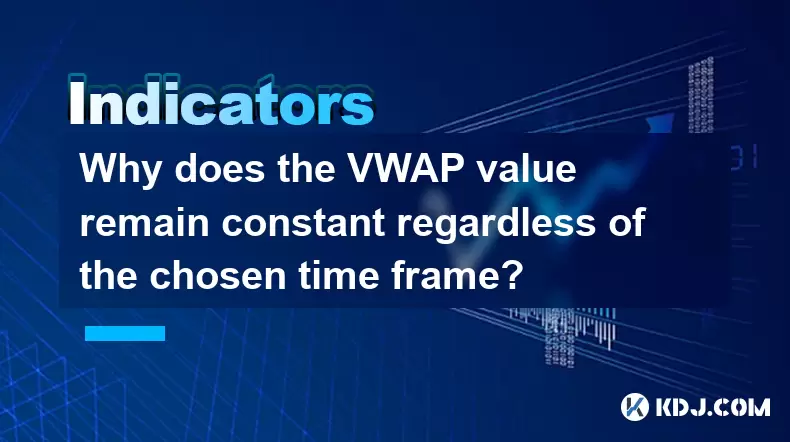-
 Bitcoin
Bitcoin $117700
-0.03% -
 Ethereum
Ethereum $3805
0.49% -
 XRP
XRP $3.098
-1.00% -
 Tether USDt
Tether USDt $1.000
0.03% -
 BNB
BNB $792.8
-1.72% -
 Solana
Solana $177.9
-1.95% -
 USDC
USDC $1.000
0.02% -
 Dogecoin
Dogecoin $0.2202
-1.55% -
 TRON
TRON $0.3278
-2.92% -
 Cardano
Cardano $0.7641
-2.43% -
 Hyperliquid
Hyperliquid $42.21
-2.68% -
 Sui
Sui $3.758
-1.58% -
 Stellar
Stellar $0.4080
-3.21% -
 Chainlink
Chainlink $17.75
-0.33% -
 Bitcoin Cash
Bitcoin Cash $591.8
4.96% -
 Hedera
Hedera $0.2561
-3.09% -
 Avalanche
Avalanche $23.34
-4.24% -
 Litecoin
Litecoin $110.7
1.96% -
 UNUS SED LEO
UNUS SED LEO $8.956
-0.01% -
 Toncoin
Toncoin $3.410
0.79% -
 Ethena USDe
Ethena USDe $1.001
0.03% -
 Shiba Inu
Shiba Inu $0.00001288
-1.82% -
 Uniswap
Uniswap $10.07
-2.06% -
 Polkadot
Polkadot $3.807
-2.27% -
 Monero
Monero $308.2
-2.15% -
 Dai
Dai $1.000
0.03% -
 Bitget Token
Bitget Token $4.521
-0.30% -
 Pepe
Pepe $0.00001134
-1.52% -
 Cronos
Cronos $0.1457
0.65% -
 Aave
Aave $274.9
-2.47%
What does it mean when the KDJ three lines choose to break upward after a narrow range of fluctuations?
A KDJ breakout with all three lines rising, confirmed by volume and price action, signals strong bullish momentum in crypto markets.
Jul 30, 2025 at 03:36 pm

Understanding the KDJ Indicator in Cryptocurrency Trading
The KDJ indicator is a momentum oscillator widely used in technical analysis within the cryptocurrency market. It consists of three lines: the %K line, the %D line, and the %J line. These lines are derived from price data over a specified period, typically 9 days, and are designed to identify overbought or oversold conditions. The %K line reflects the current closing price relative to the high-low range over the selected period. The %D line is a moving average of %K, providing a signal line, while the %J line represents a triple-exponential smoothing of %K minus %D, often used to detect divergences and rapid momentum shifts.
When traders observe the KDJ lines moving within a narrow range of fluctuations, it usually indicates market consolidation. During this phase, price action lacks a strong directional bias, and volatility is low. The three lines often move closely together, reflecting indecision among market participants. This condition is common before significant price breakouts in cryptocurrencies due to their inherently volatile nature.
Significance of the Three Lines Breaking Upward
A break upward of the KDJ three lines after a period of narrow fluctuation signals a potential shift in market sentiment from neutral or bearish to bullish. This breakout suggests that buying pressure is beginning to dominate. The convergence of the three lines within a tight range followed by a simultaneous upward divergence is considered a strong signal of momentum accumulation.
- The %K line crossing above the %D line within the rising zone indicates short-term momentum is accelerating.
- The %J line surging above both %K and %D confirms the strength of the bullish impulse, often preceding price increases.
- All three lines moving above the 50 level may suggest the asset is transitioning from a neutral to a bullish territory.
This pattern is particularly meaningful in cryptocurrency trading, where sudden shifts in sentiment can trigger rapid price movements. Traders watch for this configuration on timeframes such as 4-hour or daily charts to identify early entry points.
How to Confirm the Validity of the KDJ Breakout
Not every upward break of the KDJ lines leads to a sustained price rally. Confirmation is essential to avoid false signals. Several steps can be taken to validate the breakout:
- Check volume levels: A genuine breakout should coincide with a noticeable increase in trading volume. In cryptocurrency markets, volume spikes on exchanges like Binance or Coinbase can confirm participation from institutional or retail buyers.
- Align with price action: The breakout should correspond with the price closing above a recent resistance level or breaking out of a consolidation pattern such as a triangle or rectangle.
- Cross-verify with other indicators: Use complementary tools such as MACD, RSI, or moving averages. For example, if the MACD histogram is turning positive at the same time, it reinforces the bullish signal.
- Monitor for divergence: Ensure there is no hidden bearish divergence—where price makes a higher high but KDJ makes a lower high—as this could invalidate the bullish interpretation.
Failure to confirm the signal with these methods may result in entering a trade during a fakeout, which is common in low-liquidity altcoin markets.
Step-by-Step Guide to Trading the KDJ Breakout in Crypto
Executing a trade based on the KDJ upward breakout requires precision. Below is a detailed operational guide:
- Open your preferred cryptocurrency trading platform (e.g., TradingView or Binance).
- Load the price chart of the asset you're analyzing (e.g., BTC/USDT).
- Apply the KDJ indicator through the platform’s indicator library. Set the default parameters (9,3,3) unless backtesting suggests optimization.
- Observe the chart for a period where the %K, %D, and %J lines are tightly clustered, indicating consolidation.
- Wait for all three lines to begin rising, with %K crossing above %D and %J climbing rapidly.
- Confirm the breakout by checking if the price has closed above a key resistance level with increased volume.
- Place a limit buy order slightly above the breakout candle’s high to avoid slippage.
- Set a stop-loss below the recent consolidation zone to manage risk.
- Determine a take-profit level using Fibonacci extensions or recent swing highs.
This strategy works best in trending markets and should be avoided during major news events that could cause erratic price behavior.
Common Misinterpretations and Risks
One of the biggest risks is mistaking a temporary bounce for a genuine breakout. In cryptocurrency markets, whipsaws are frequent due to high volatility and low market depth on smaller exchanges. Traders may see the KDJ lines rise briefly only for the price to reverse sharply.
Another issue arises when the KDJ reaches overbought levels (above 80) immediately after the breakout. While this might seem bearish, in strong uptrends, the KDJ can remain overbought for extended periods. Exiting solely based on overbought readings can cause traders to miss substantial gains.
Additionally, using the KDJ on lower timeframes (e.g., 5-minute charts) increases noise and false signals. The indicator performs more reliably on 1-hour charts and above, especially when combined with trend filters like the 50-period EMA.
Practical Example: KDJ Breakout in Ethereum
Consider a scenario on the ETH/USDT 4-hour chart. Over a 2-day period, the KDJ lines fluctuate between 40 and 60, showing tight consolidation. The price trades in a range between $2,800 and $2,900. Suddenly, the %K line crosses above %D, and %J jumps from 55 to 75 within three candles. Simultaneously, the price breaks $2,900 with volume 1.5 times the 20-period average.
- This confirms the bullish momentum shift.
- A trader enters at $2,910 with a stop-loss at $2,850.
- The next resistance at $3,100 becomes the initial profit target.
The alignment of KDJ behavior, price action, and volume validates the trade setup.
Frequently Asked Questions
What timeframes are best for observing KDJ breakouts in crypto?
The 1-hour, 4-hour, and daily charts are most effective. Shorter timeframes generate excessive noise, while longer ones may delay entry. The 4-hour chart balances signal reliability and timely execution.
Can the KDJ indicator be used for altcoins?
Yes, but with caution. Highly volatile altcoins may produce erratic KDJ readings. It's advisable to use it alongside volume analysis and only on assets with sufficient liquidity.
What should I do if the KDJ lines break upward but the price doesn't follow?
This indicates a divergence. Avoid entering a trade. Wait for price confirmation—such as a close above resistance—before acting. Relying solely on indicator movement without price validation increases risk.
Is the KDJ breakout strategy suitable for automated trading bots?
Yes, but parameters must be optimized. Bots can be programmed to detect KDJ line crossovers, volume spikes, and price breakouts. Backtesting on historical data is essential to refine entry and exit logic.
Disclaimer:info@kdj.com
The information provided is not trading advice. kdj.com does not assume any responsibility for any investments made based on the information provided in this article. Cryptocurrencies are highly volatile and it is highly recommended that you invest with caution after thorough research!
If you believe that the content used on this website infringes your copyright, please contact us immediately (info@kdj.com) and we will delete it promptly.
- LYNO Token Presale: AI Arbitrage Revolution in DeFi
- 2025-07-31 05:11:11
- Pepecoin Successors: Can These Cryptocurrencies Make You a Millionaire?
- 2025-07-31 05:50:12
- AML Bitcoin Fraud: Cracking Down on Crypto Crime in the Big Apple and Beyond
- 2025-07-31 04:33:53
- Cardano (ADA) in 2025: Navigating Crypto's Future
- 2025-07-31 03:52:07
- Solana Meme Coin Price Prediction: Will the Frog Outleap the Dog?
- 2025-07-31 03:52:07
- Bitcoin's Bullish Outlook: CryptoQuant's Insights on Futures Market Cooling
- 2025-07-31 03:59:10
Related knowledge

How to use the AVL indicator with MACD for better signals?
Jul 31,2025 at 09:22am
Understanding the AVL Indicator and Its Role in Cryptocurrency TradingThe AVL indicator, also known as the Accumulation Volume Line, is a volume-based...

How to identify sell signals with the AVL indicator?
Jul 31,2025 at 07:09am
Understanding the AVL Indicator and Its Core ComponentsThe AVL indicator, also known as the Accumulation Volume Line, is a volume-based technical anal...

How does the VWAP line help in identifying overbought and oversold market conditions?
Jul 31,2025 at 05:19am
Understanding the VWAP Line and Its Role in Technical AnalysisThe Volume Weighted Average Price (VWAP) is a critical tool used by traders within the c...

How might spikes in volume in a volatile market distort VWAP calculations?
Jul 31,2025 at 07:40am
Understanding VWAP and Its Core ComponentsVWAP, or Volume-Weighted Average Price, is a trading benchmark that gives the average price a cryptocurrency...

Under what circumstances does VWAP become a resistance level that offers entry opportunities?
Jul 31,2025 at 08:57am
Understanding the Basics of Staking in CryptocurrencyStaking is a process used in proof-of-stake (PoS) blockchain networks to validate transactions an...

Why does the VWAP value remain constant regardless of the chosen time frame?
Jul 31,2025 at 09:58am
Understanding the Core Concept of VWAPThe Volume Weighted Average Price (VWAP) is a trading benchmark that calculates the average price a cryptocurren...

How to use the AVL indicator with MACD for better signals?
Jul 31,2025 at 09:22am
Understanding the AVL Indicator and Its Role in Cryptocurrency TradingThe AVL indicator, also known as the Accumulation Volume Line, is a volume-based...

How to identify sell signals with the AVL indicator?
Jul 31,2025 at 07:09am
Understanding the AVL Indicator and Its Core ComponentsThe AVL indicator, also known as the Accumulation Volume Line, is a volume-based technical anal...

How does the VWAP line help in identifying overbought and oversold market conditions?
Jul 31,2025 at 05:19am
Understanding the VWAP Line and Its Role in Technical AnalysisThe Volume Weighted Average Price (VWAP) is a critical tool used by traders within the c...

How might spikes in volume in a volatile market distort VWAP calculations?
Jul 31,2025 at 07:40am
Understanding VWAP and Its Core ComponentsVWAP, or Volume-Weighted Average Price, is a trading benchmark that gives the average price a cryptocurrency...

Under what circumstances does VWAP become a resistance level that offers entry opportunities?
Jul 31,2025 at 08:57am
Understanding the Basics of Staking in CryptocurrencyStaking is a process used in proof-of-stake (PoS) blockchain networks to validate transactions an...

Why does the VWAP value remain constant regardless of the chosen time frame?
Jul 31,2025 at 09:58am
Understanding the Core Concept of VWAPThe Volume Weighted Average Price (VWAP) is a trading benchmark that calculates the average price a cryptocurren...
See all articles

























































































